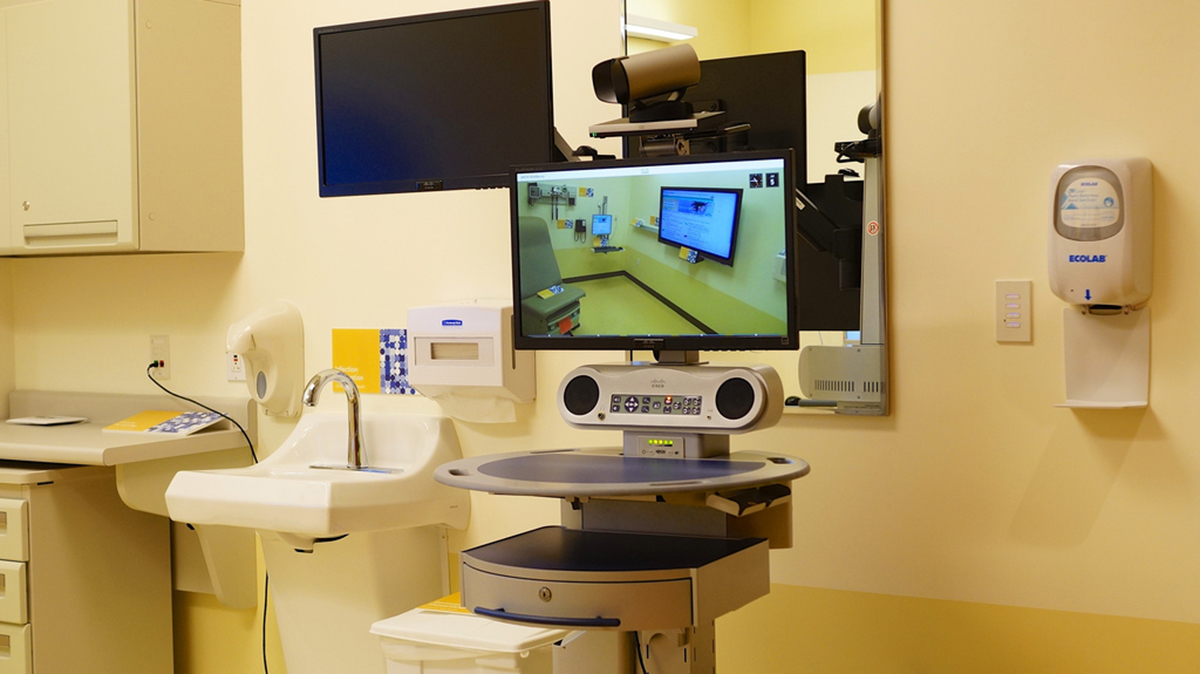Table of Contents
In the US, virtual hands technology is being used for physical rehabilitation after stroke and other forms of brain injury, but in the UK, a version of this technology is being used treat anxiety and depression caused by body image.

The English researchers based their study on an earlier set of experiments that established the "rubber hand illusion." In the earlier experiments, French researchers asked volunteers to place their left hands behind a screen so they could not see them. The scientists then placed a rubber hand in front of the volunteers where they could see it.
The experimenter stroked the index finger of the real left hand that the volunteer could not see with a feather wand at the same time as the experimenter stroked the index finger of the fake left hand that the volunteer could see. If the experimenter did this for 2 minutes, then about 2/3 of test subjects began to experience the rubber hand as if it were real. When the researcher asked the volunteers to close their eyes and point to their left hand, most people pointed to the fake hand, not the real hand.
The team at the University of Sussex took the experiment a step further by using the image of a virtual hand rather than a rubber hand, and timing the display of the image so it changed color from red to black in sync with the heartbeat. The experimenters also ran a session in which the colors of the hands changed out of sync with the heartbeat.
See Also: Why Computers Can Recognize Fake Pain, While People Can't
Obviously, none of us has hands that change color from red to black with our heartbeats. However, when the virtual images these obviously fake, virtual hands were synchronized with another sensory input into the brain, in this case, heartbeat, the volunteers again pointed in the direction of the images of the virtual hand when asked to close their eyes and point to their left hands.
These experiments suggest that when people are depressed by body image the cycle can be interrupted by providing them with a virtual reality image of their bodies seen in synchrony with their heartbeats. People who suffer body dysphoric disorders can find some relief in these computer-generated images, which the brain may adopt as reality with enough practice. The use of this technology is frought with challenges, but it may provide a safe, inexpensive, drug-free method to treat intractable mental health problems that fuel potentially dangerous conditions such as anorexia.
- Doud AJ, Lucas JP, Pisansky MT, He B. Continuous three-dimensional control of a virtual helicopter using a motor imagery based brain-computer interface. PLoS One. 2011
- 6(10):e26322. doi: 10.1371/journal.pone.0026322. Epub 2011 Oct 26.
- Yuan H, Doud A, Gururajan A, He B. Cortical imaging of event-related (de)synchronization during online control of brain-computer interface using minimum-norm estimates in frequency domain.IEEE Trans Neural Syst Rehabil Eng. 2008 Oct.16(5):425-31. doi: 10.1109/TNSRE.2008.2003384. PMID: 18990646.
- Mindmap by steadyhealth.com
- Photo courtesy of Ted Eytan by Flickr : www.flickr.com/photos/taedc/9214314181

